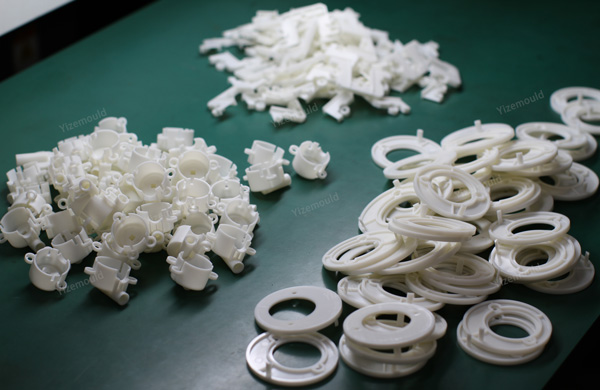In our previous article, we discussed the main causes of stress marks in plastic molding products. Now that we understand the causes, it's imperative to explore ways to minimize internal stress during the production process. With guidance from the engineers at Dongguan Yize Mold, the solutions are outlined below:
Wall Thickness Adjustment:
Excessive wall thickness or thicker sections at the flow end can lead to high filling and holding pressures. Adjust by adding material or reducing it at the flow end. If reducing material doesn't alleviate shrinkage, consider adding more material overall.
Avoid sudden changes in wall thickness; if necessary, use gradual transitions without undercut steps.
Keep the rib size on the male mold small to prevent stress marks on the female mold.

Gate and Runner Optimization:
Increase gate size, number, or distribute them more evenly, and add cold slug wells or overflow grooves.
Ensure tight fitting of moving parts and optimize water channels to avoid localized mold overheating.
Ensure good ventilation in the mold's runners and cavities to reduce stress and pressure within the mold.
Add coarse textures to the material reduction side to aid in mold ventilation and product adhesion, which can help reduce stress marks.
Set Reasonable Holding Pressure and Time:
Adjust holding pressure and time appropriately.
Raise or lower the mold temperature as needed.
Increasing injection speed can help reduce residual orientation stress.
Adjusting material temperature, back pressure, and screw speed generally has minimal impact on stress marks.